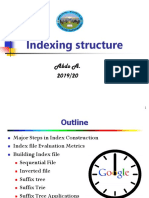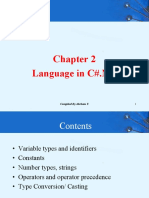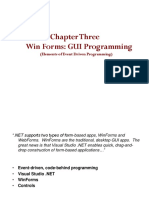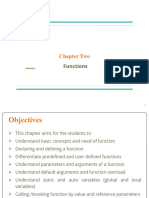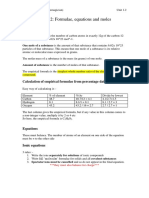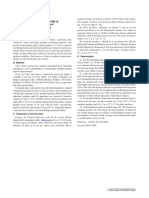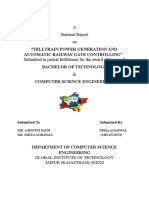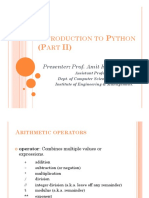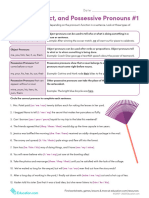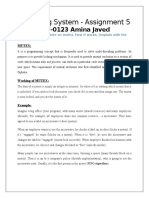0% found this document useful (0 votes)
20 views25 pagesIR Chapter 2 Text Operations
Chapter Two discusses statistical properties of text, focusing on word frequency distribution and its implications for information retrieval systems. It introduces concepts such as Zipf's Law, Luhn's Ideas on word significance, and Heaps' Law regarding vocabulary size growth. The chapter emphasizes the importance of text preprocessing and tokenization in improving retrieval performance by filtering out non-significant words.
Uploaded by
Dawit SebhatCopyright
© © All Rights Reserved
We take content rights seriously. If you suspect this is your content, claim it here.
Available Formats
Download as PDF, TXT or read online on Scribd
0% found this document useful (0 votes)
20 views25 pagesIR Chapter 2 Text Operations
Chapter Two discusses statistical properties of text, focusing on word frequency distribution and its implications for information retrieval systems. It introduces concepts such as Zipf's Law, Luhn's Ideas on word significance, and Heaps' Law regarding vocabulary size growth. The chapter emphasizes the importance of text preprocessing and tokenization in improving retrieval performance by filtering out non-significant words.
Uploaded by
Dawit SebhatCopyright
© © All Rights Reserved
We take content rights seriously. If you suspect this is your content, claim it here.
Available Formats
Download as PDF, TXT or read online on Scribd
/ 25









































